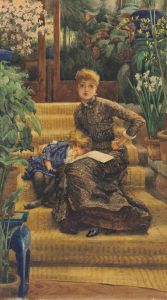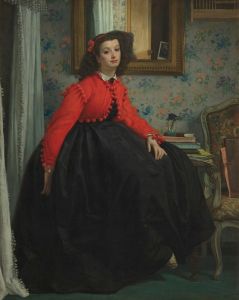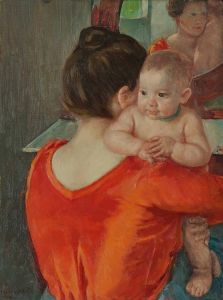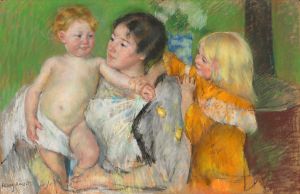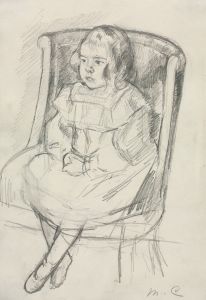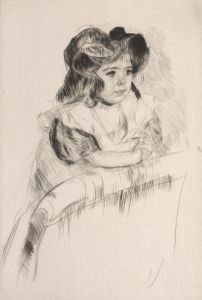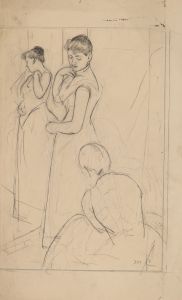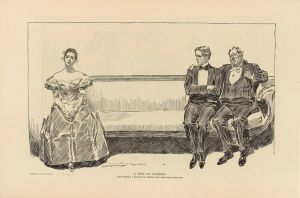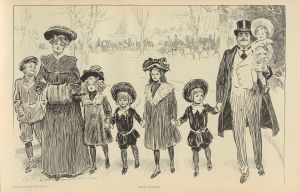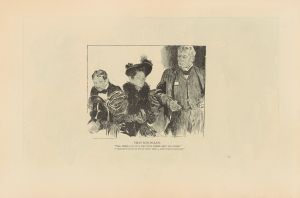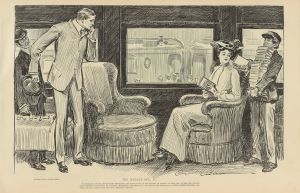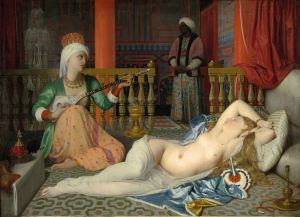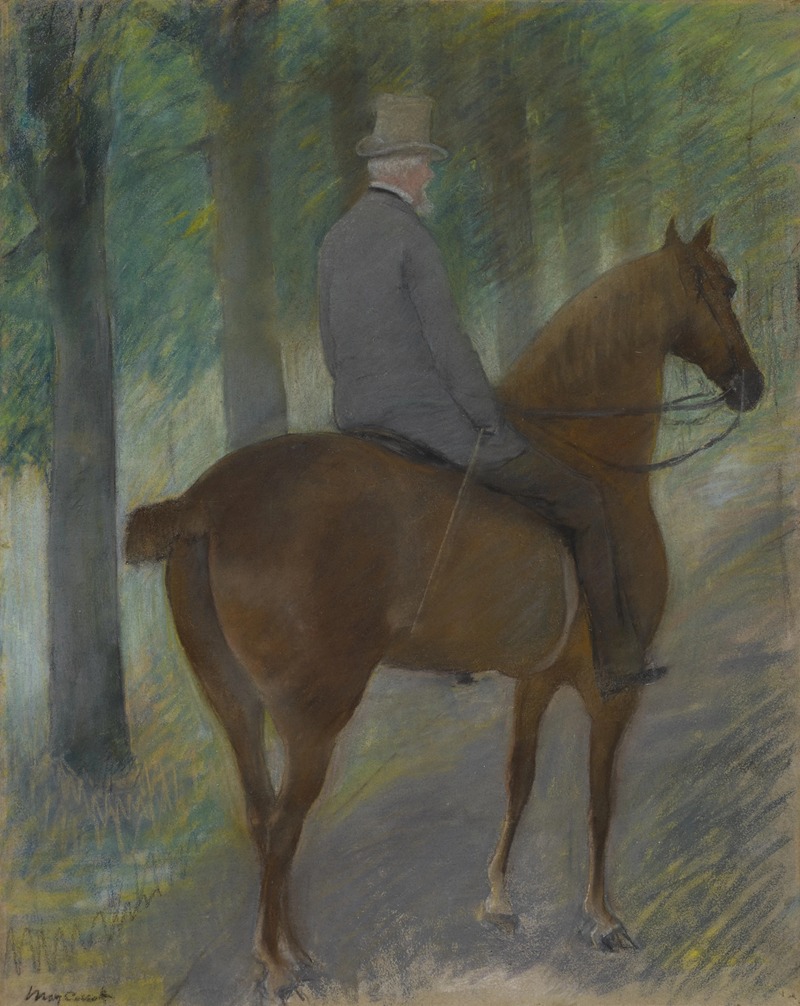
Mr. Robert S. Cassatt on Horseback
A hand-painted replica of Mary Cassatt’s masterpiece Mr. Robert S. Cassatt on Horseback, meticulously crafted by professional artists to capture the true essence of the original. Each piece is created with museum-quality canvas and rare mineral pigments, carefully painted by experienced artists with delicate brushstrokes and rich, layered colors to perfectly recreate the texture of the original artwork. Unlike machine-printed reproductions, this hand-painted version brings the painting to life, infused with the artist’s emotions and skill in every stroke. Whether for personal collection or home decoration, it instantly elevates the artistic atmosphere of any space.
Mary Cassatt, an American painter and printmaker, is renowned for her contributions to the Impressionist movement and her depictions of the intimate lives of women and children. One of her lesser-known works is "Mr. Robert S. Cassatt on Horseback." This painting is a portrait of her father, Robert Simpson Cassatt, who played a significant role in her life and career.
Mary Cassatt was born on May 22, 1844, in Allegheny City, Pennsylvania, now part of Pittsburgh. She spent much of her early life in Europe, where she was exposed to the art and culture that would shape her future career. Her father, Robert S. Cassatt, was a successful businessman and stockbroker who supported his daughter's artistic ambitions, albeit with some reservations about her choice of career.
"Mr. Robert S. Cassatt on Horseback" is believed to have been painted around the late 19th century, a period when Cassatt was actively involved with the Impressionist movement in Paris. The painting depicts her father seated confidently on a horse, exuding a sense of dignity and authority. The artwork reflects Cassatt's skill in capturing the character and essence of her subjects, a hallmark of her portrait work.
The painting is executed with a keen attention to detail, particularly in the rendering of the horse and the figure's posture. Cassatt's use of light and shadow demonstrates her mastery of Impressionist techniques, which she adapted to suit her own style. The brushwork is both precise and fluid, capturing the dynamic relationship between the rider and the horse.
Cassatt's choice to portray her father on horseback may have been influenced by the cultural and social significance of equestrian portraits during that era. Such portraits were often associated with power, status, and nobility, and by depicting her father in this manner, Cassatt may have been acknowledging his influence and support in her life.
While "Mr. Robert S. Cassatt on Horseback" is not as widely recognized as some of Cassatt's other works, it remains an important piece within her oeuvre. It provides insight into her personal life and the familial relationships that shaped her artistic journey. The painting also highlights her ability to blend traditional portraiture with the innovative techniques of the Impressionist movement.
Mary Cassatt's legacy as an artist is marked by her pioneering role as one of the few American women to be actively involved in the Impressionist movement. Her works continue to be celebrated for their technical excellence and emotional depth. "Mr. Robert S. Cassatt on Horseback" is a testament to her skill as a portraitist and her ability to capture the essence of her subjects with sensitivity and nuance.





